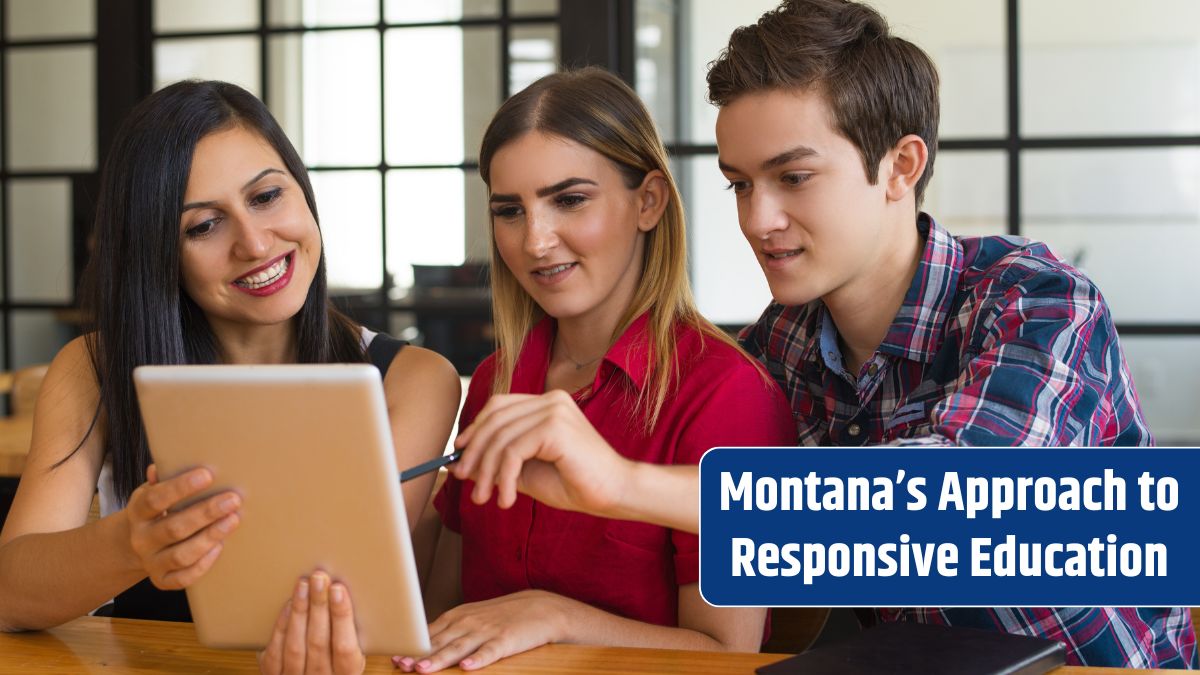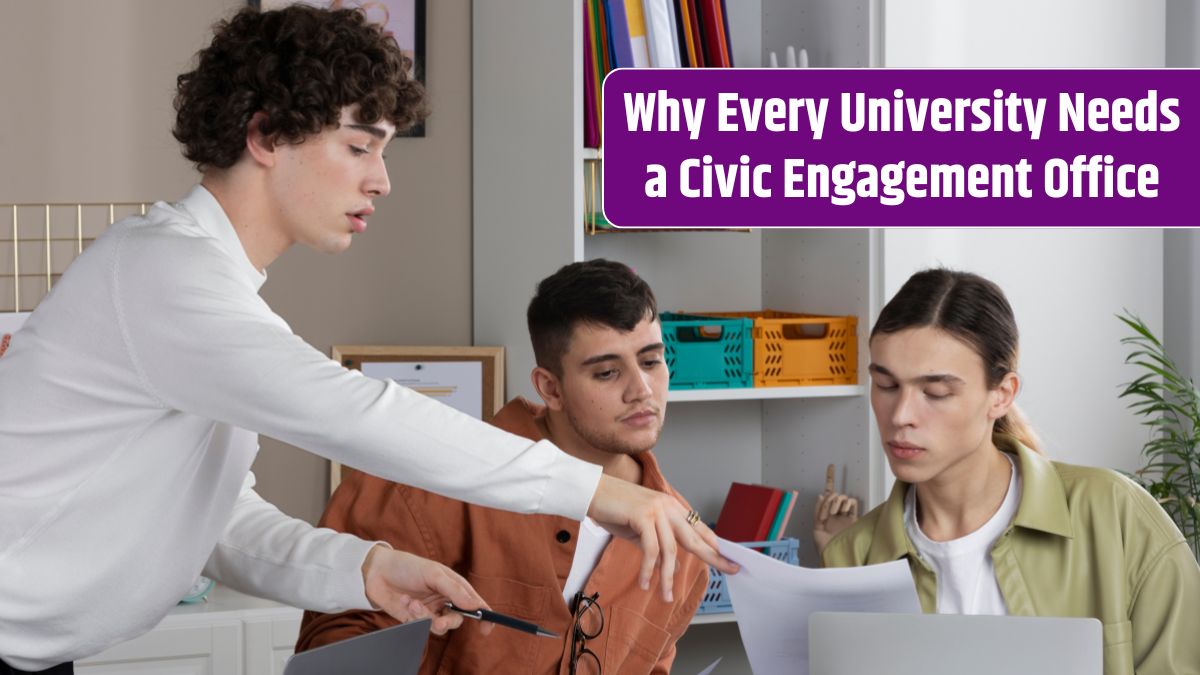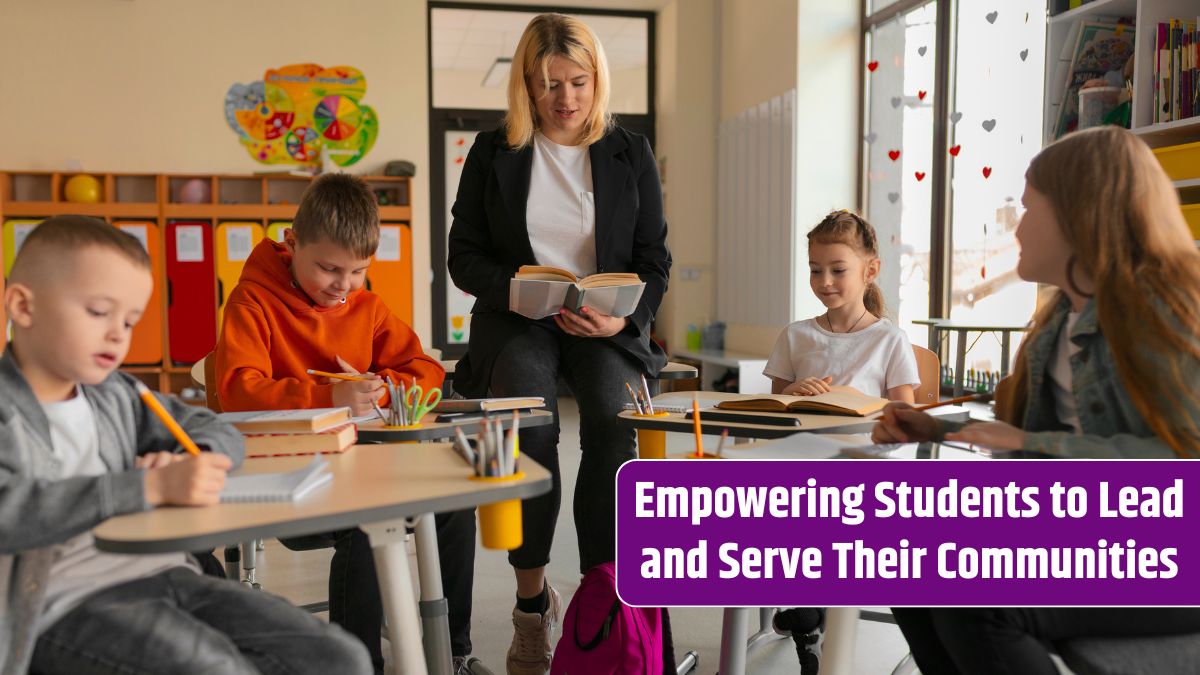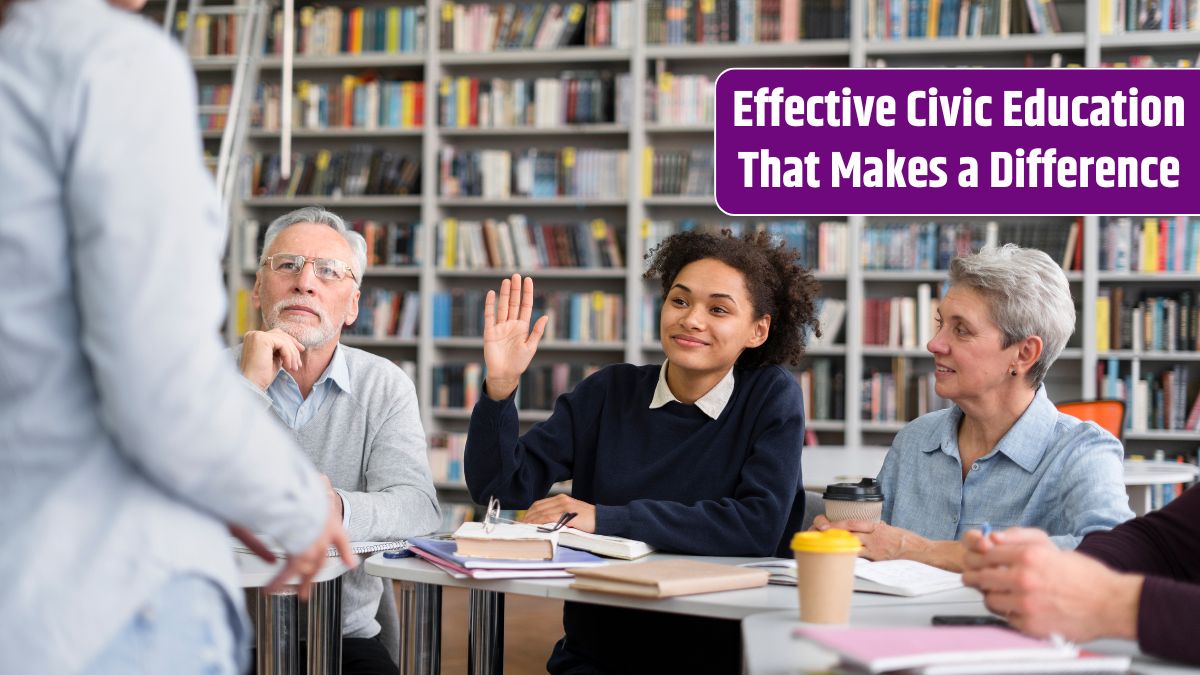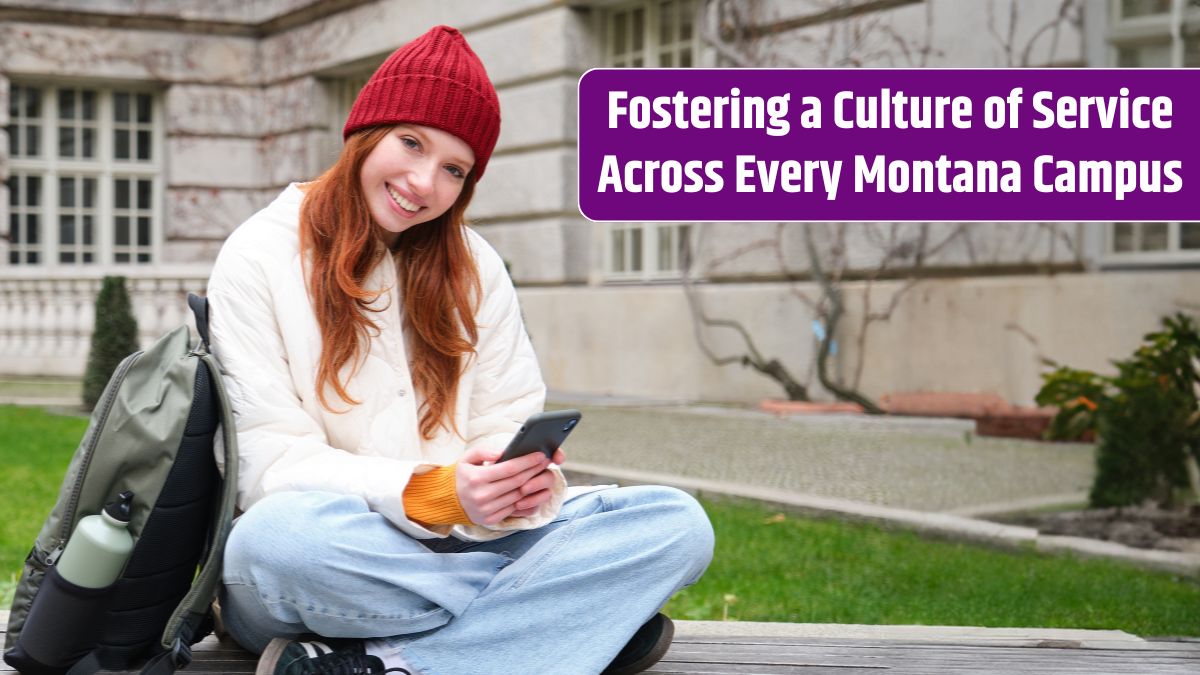Service learning isn’t just a feel-good extracurricular—it’s a powerful educational tool that belongs at the core of every college curriculum. By blending academic instruction with hands-on community work, service learning helps students gain real-world experience, deepen their understanding of course material, and develop a stronger sense of civic responsibility.
Here’s why colleges should make service learning a standard, not an option.
Table of Contents
What Is Service Learning?
Service learning is a teaching method that combines classroom education with community engagement. Unlike traditional volunteering, service learning is tied directly to academic objectives and includes structured reflection activities, making it both experiential and intellectually rigorous.
Key elements:
- Clear connection to course content
- Service that addresses genuine community needs
- Guided reflection and critical thinking
- Reciprocal partnerships with community organizations
1. Enhances Academic Learning
When students apply concepts in a real-world setting, learning becomes deeper and more meaningful. A biology student assisting in a local water quality study or a political science major working on voter registration efforts gains context and clarity that textbooks alone can’t provide.
Research shows that service learning increases content retention, critical thinking, and student engagement.
2. Builds Career-Ready Skills
Service learning sharpens the soft and hard skills employers value most—communication, teamwork, leadership, and adaptability. Students gain direct experience managing projects, navigating diverse settings, and solving real problems—all of which translate to stronger resumes and job interviews.
Example: A business student helping a local nonprofit with marketing learns practical skills while also contributing to a meaningful cause.
3. Encourages Civic Responsibility
Today’s graduates will shape the future of democracy, equity, and sustainability. Service learning helps students understand their roles as citizens, not just employees or consumers. It fosters empathy, challenges assumptions, and teaches the importance of collaboration in solving public problems.
By engaging with social issues firsthand, students are more likely to vote, volunteer, and stay active in civic life after graduation.
4. Strengthens Campus-Community Connections
When colleges integrate service learning, they don’t just educate students—they become anchor institutions in their communities. Partnering with schools, nonprofits, and local agencies creates mutual value and long-term relationships that benefit everyone involved.
Impactful partnerships often lead to grant opportunities, internships, and increased community trust.
5. Levels the Playing Field for Experiential Learning
Internships and study abroad programs can be expensive or inaccessible to many students. Service learning, on the other hand, is embedded in the curriculum and open to all. This makes high-impact learning more equitable and ensures that every student, regardless of background, can gain experience outside the classroom.
6. Promotes Personal Growth and Purpose
Service learning challenges students to reflect on who they are and what they value. It encourages self-awareness, resilience, and a stronger sense of identity and purpose. Many students report that service learning helped them choose a career path or commit to social change.
A national study by Campus Compact found that students who participate in service learning report higher satisfaction with their college experience.
Making It Happen: A Roadmap for Colleges
To embed service learning into the curriculum, colleges can:
- Designate service-learning courses across departments
- Train faculty to integrate community engagement into syllabi
- Offer minors or certificates in civic leadership or community development
- Incentivize departments to develop service partnerships
- Build campus centers for community engagement to manage logistics and relationships
In an age when education must prepare students not just for jobs but for global challenges, service learning stands out as a holistic, impactful approach. It connects theory with practice, learning with empathy, and students with the world they will one day lead.
Making service learning a requirement isn’t just good policy—it’s a bold step toward a more inclusive, practical, and socially responsible higher education system.
FAQs
Is service learning the same as volunteering?
No. Volunteering is extracurricular and not tied to academics. Service learning is part of a course and includes reflection and academic evaluation.
Can service learning work in all majors?
Yes. From nursing to engineering to English, all disciplines can integrate community engagement with course content.
How is student work assessed in service learning?
Through a mix of reflection papers, presentations, journals, and traditional assessments tied to course outcomes.

















